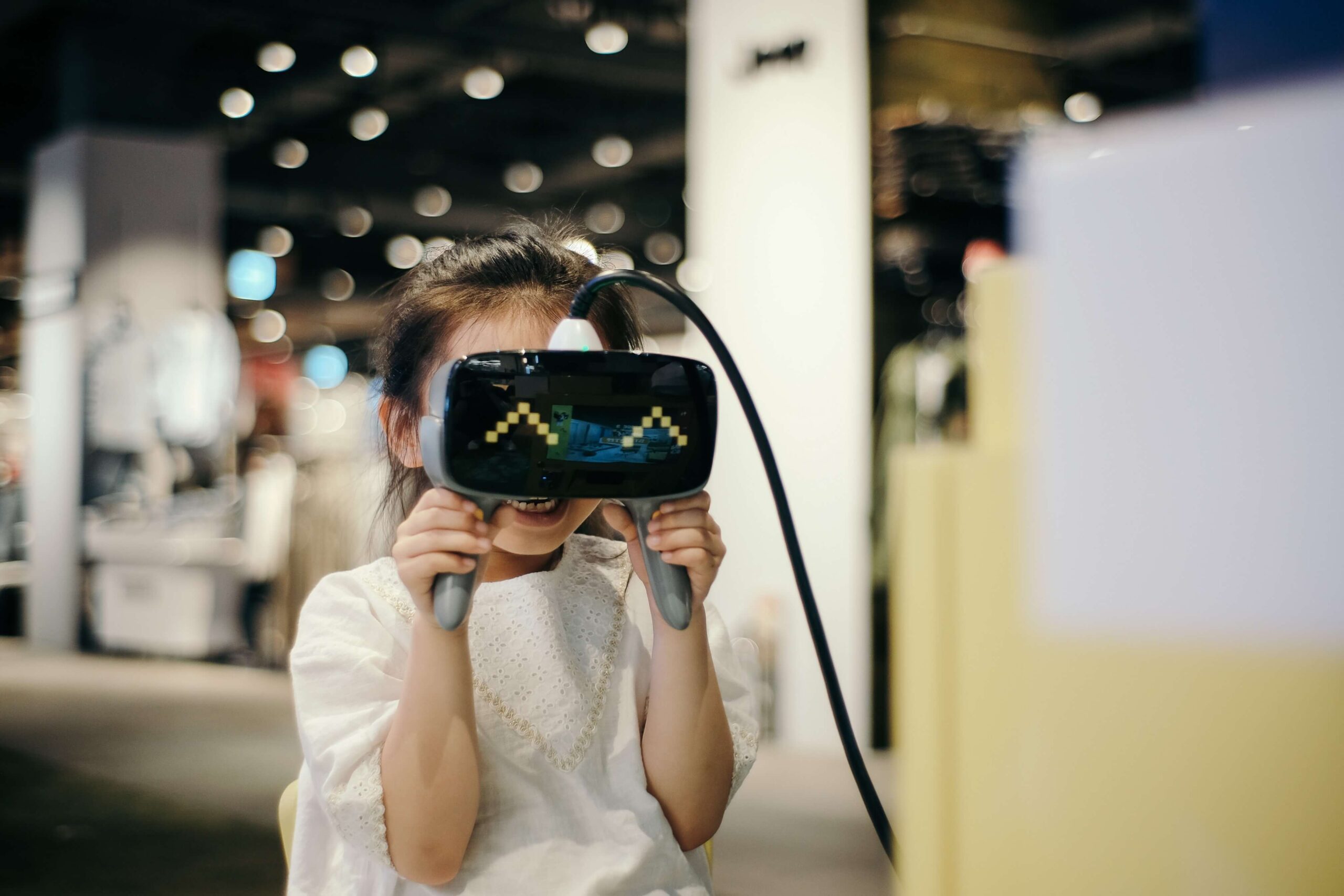Editors note: Each year, Dylan Collins, CEO of SuperAwesome, shares his top predictions for the kids digital media space. Keep reading to learn more about what shifts you can expect to see in 2021, and how companies should prepare for these changes.
With the exception of a global pandemic that shaped almost every aspect of 2020, my last set of predictions were reasonably accurate. The kids industry was one of those most profoundly impacted by the events of 2020, with sudden winners (digital players, edtech, OTT) and sudden losers (theatrical, theme parks, live-action).
2021 is probably best described as “the year after 2020”. The world is regrouping. This year we will see the gradual return of behaviors which had hibernated, the continuation of behaviors which have been made permanent, and the impact of trends that Covid accelerated. 2021 will be a year of consequences.
Here are ten things that I think will happen:
1. The next hit game for kids will be developed by someone under eighteen
I’ve been calling this for a few years but feel like 2021 will finally be the year that this “by us, for us” scenario happens. A vast number of young creators and influencers (Ryan Kaji, EthanGamer, EvanTube, etc.) have already built media empires on precisely this basis. Roblox has become the platform which allows young developers to build games and monetize at scale; they paid out over $250m in 2020. The next Among Us or Fall Guys will come from someone (or a team) under eighteen and it will (finally) happen this year.
2. Children’s digital privacy laws will continue to shift focus towards advertisers and agencies while expanding protections to an older age bracket
Historically, children’s digital privacy laws placed liability only on self-identified kids’ publishers. However, as new laws like the Age Appropriate Design Code widen the liability threshold, all stakeholders in the digital media value chain are under scrutiny.
2021 will see increased investigation (both from regulatory bodies and through civil actions) of what goes on behind the digital delivery chain, looking at agencies, ad tech tools, and engagement platforms which are facilitating the collection of children’s personal data. In 2020, WPP became the first major advertising agency to take a public stance about digital privacy and safety for kids; 2021 will see many others follow suit.
3. Young Teens will emerge as the next defined audience group
In the mid-nineties, Tweens (ages 10-12) became a recognized subset, different from children and teenagers. 2021 will see a far more sophisticated understanding of the overall youth market, with Young Teens (13-16) categorized independently from older teens.
Shaped by Covid, driven by a contradictory mix of ethics, short-form content and broadcast, Young Teens are the consumer power players for 2021. The all-inclusive teenage audience will be a notion of the past.
4. Non-toxic will become one of the most important brand safety descriptions
It’s not just parents and regulators that are concerned about children’s online safety. From social platforms to gaming environments, kids crave safe online communities. In the US, 88% of kids prefer to use social media apps that are meant to be used by kids only (Source: SuperAwesome research, Aug 2020). Younger kids, ages 8-9, are most concerned about becoming exposed to inappropriate content. This age group worries about seeing something “bad” or “scary” online, and will often self-regulate online activity by only connecting with friends in gaming environments and sticking to known YouTubers as much as possible.
Watch for brands and agencies to invest in (and speak publicly about) non-toxic community and engagement tools in 2021.
5. Screen-time will actually decline slightly, as weekends become more activity-based
Since March 2020, screen time for kids and young teens doubled and stayed at that level. However, with further lockdowns emerging over 2021, it’s likely that we’ll see a weekend screentime decrease as kids (and families) look for real-life breaks. It will be another huge year for physical activity products such as board games and outdoor entertainment. I expect this to be linked to a far more deliberate approach to digital mental health by educational authorities grappling with the challenges of digital learning.
6. We’ll see the first major new-media-acquires-old-media transaction
With the rise of digital media empires like Moonbug and Pocket.watch and the decline in fortune of some well-known names from the last couple of decades (DHX, Cartoon Network), it’s only a matter of time before we see the first major acquisition that reinforces the new landscape. While 2020 saw plenty of mergers and aquisitions within the same category (Spin Master acquiring Rubik’s Cube, Moonbug acquiring Cocomelon), the combination of growth plus digital valuations give the kids newcomers an advantage for 2021. Will we finally see a toy company owned by a digital player?
7. Consolidation will occur in the kids payment space
Over the last couple of years we have seen several kids payment card providers emerge (Osper, GoHenry, Greenlight) and Covid has accelerated others (Current, Step). Ostensibly this is a race for control of the kids and young teens digital wallet. At least half a billion dollars of venture capital has already been invested in this sector but with mostly identical offerings from the primary players on the field, it’s likely we’ll see the first major acquisition happening during 2021.
8. Toy companies will begin to invest in owned audiences as a defensive strategy
With privacy laws and platform decisions pushing the mainstream advertising world to first-party data and reinforcing the positions of Google and Facebook, it’s likely that digital advertising costs will increase in the kids space (as more grey-area, semi-compliant solutions are removed). The solution to this is access to an owned, self-identified brand community. Owning your own customers will become a boardroom mantra for toy companies (at least) in 2021. Safe, owned communities will be a critical item to have on every corporate balance sheet as companies realize that the unprecedented efficiency of digital walled gardens and eCommerce platforms have a long-term downside on brand.
9. Verifiable Parental Consent (VPC) will become the next two-factor authentication for families
Over the past few years, two-factor authentication has become an online security staple. Driven by the explosion in kids’ screen time caused by Covid-19, digital service providers have been racing to add family support and parent tools to their offerings. In 2021, Verifiable Parental Consent (VPC) will follow in its footsteps as the next major buzzword in online security.
Beyond safeguarding providers against violations of digital privacy laws, integrating VPC may generate additional benefits, such as an increased user base, as parents seek out safer options for their children and kids seek out safer online communities to participate in.
10. Brands will create metaverse studios to design cross-platform experiences
You will hear the word metaverse everywhere in 2021. Sandbox games and game platforms like Roblox, Minecraft, and the ability to shift between them all will be at least as important as YouTube, maybe more so.
This year brands will start to create metaverse studios: teams focused on integrating the brand into multiple digital worlds, including implementing games engagement strategies. Non-gaming brands will build experiences that can be played across games, and games will continue to serve as sandbox tools which kids will use, repurpose, and play with their own rules – not necessarily how they were originally designed.
Things are changing quickly. Download our report, 5 trends that will impact the kids digital landscape in 2021, for actionable insights into what brands can do to stay ahead of the game this year.






